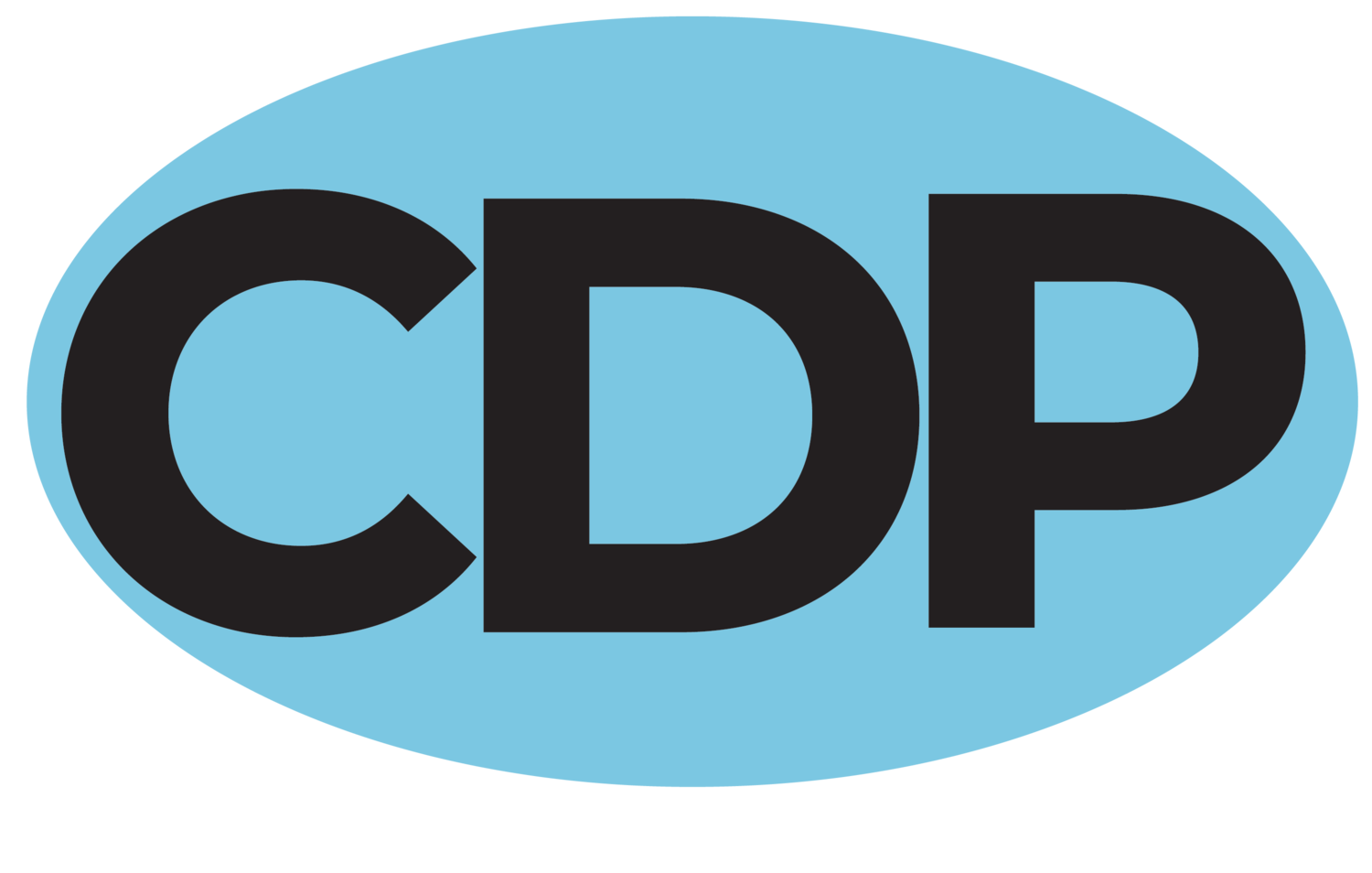Excerpts Series: Board Basics
Board Basics
This entire webinar focuses on Boards. We’ll go over the ABCs of what it really means to serve on a Board.
We’ll begin by talking about roles and responsibilities and we’ll spend a good deal of time on this.
Then we’re going to move into looking at how you bring the Board into the nonprofit. One of the challenges we have when it comes to Boards is that we get stagnant Board Members. Members who don’t really understand what they are supposed to do be doing or they’re not engaged. As nonprofits, we have to take the responsibility to make sure we’re on-boarding well. That we’re bringing in the right people and we’re training them in the right way so that they can be effective Board members.
The third area we’ll cover is Board Governance and we’ll offer some tools and tips on how to govern well as a Board.
Finally we’ll wrap up our time together talking about ongoing Board Development.
Board Basics is the whole overview of what means to be on and work with a Board. There’s much more information than we will be able to cover in one session. What I’m hoping is that this overview will trigger some additional questions or specific thoughts to help you administer the governing Board of your nonprofit well.
“Take this training solo or with your entire Board!”
A LITTLE BACKGROUND ON GOVERNING BOARDS
A corporation, whether it’s a for-profit corporation or a nonprofit, is required to have a governing Board of Directors. This is a legal requirement if you’re going to be looked at as a corporation from a legal perspective.
In the nonprofit, our Boards are representative of the public that we are serving through our nonprofit. Nonprofit corporations are responsible to the public, just as for-profits are responsible to their Shareholders.
Nonprofits don’t have shares or shareholders – they have the public. The IRS grants nonprofits tax exempt status because you’re serving the public. So your Board is supposed to be representative of that public. This is a really critical piece that I think is missing for some nonprofits — to understand what a Board supposed to be. If you can back out of the weeds of the day-to-day work and really look at this conceptually, then you can understand that your Governing Board is supposed to be representative of the public that you’re serving. That’s a really key, important thing to understand when we talk about Boards.
There are lots of different models that Boards can operate under and some people have very strong preferences within those different models. What we do (and what we encourage) is to look at what the legal requirements and the legal responsibilities are and then incorporate best practices from these different models into a very practical way of understanding Board Governance. This is what Board Basics represents.
Often Board members don’t know what their responsibilities include. They don’t understand their legal responsibilities nor their ethical responsibilities. Our job in the nonprofit sector is to educate them. So much of this particular session is about moving toward that. Let’s educate people about what they’re supposed to be doing when they serve on our Governing Board.
Another foundational principle that we need to make sure we understand is that the legal authority — the legal authority — of a Board is vested in ALL of the Board Members. The Board president doesn’t get to dictate. This isn’t a monarchy. This isn't a dictatorship. The legal responsibility of a nonprofit entity lies in that whole Board. This is why it’s so important how we structure the Board. It’s important how we go through our day-to-day operations. And it’s important that we understand what a Board‘s roles and responsibilities really are because there’s a legal responsibility here — but it’s with the entire Board as a body not in specific, individual Board Members. We will talk more about that as we go through, but I wanna kind of walk you through this training today.
Let’s focus on the top eight roles and responsibilities of being on a Board. This portion is really the meat of this entire webinar today. Take some notes and make sure that you understand these different roles and responsibilities.
Role #1: Responsible for duties of care, loyalty, compliance and maintaining accounts.
Duty of Care - Board Members should understand the non- profit's mission, regularly attend and participate in meetings, and be prepared to make informed decisions.
How?
Attend and participate in Board meetings and on subcommittees.
Engage in activities of organization, i.e., fundraisers, marketing events.
Duty of Loyalty - Board Members must put the interests of the non-profit above their own. Business relationships between a board member and the organization should be avoided.
How?
Promote the best interest of the organization at all times.
Have written conflict-of-interest policy.
Avoid conflict-of-interest situations.
Not engage in any activity that harms the organization.
Duty of Compliance - Board Members should be faithful to the non- profit's purpose, follow the organization's governing documents such as the by-laws and policies/procedures, and strictly follow local, state, and federal non-profit laws.
How?
Report name or addresses changes to the Ohio Secretary of State and Attorney General's Office.
Ensure withholding of taxes from employees' paychecks.
Ensure the organization is properly insured
Duty of Managing Accounts - Board Members should establish procedures to help the organization operate in a fiscally responsible manner.
How?
Ensure internal controls and solid fiscal policy.
Develop annual budget.
Monitor financial statements.
Develop and implement reasonable fundraising goals.
Take our Board Basics training (Only $69 for non-members)
to learn more about the Roles & Responsibilities of Board Members.
Check out the testimonial above from one of our on-site Trainings.
Did you know we do on-site training? We do!
Contact our office to find out more: Call 866.925.0237 or Email: info@communitydevelopmentprofessionals.com


